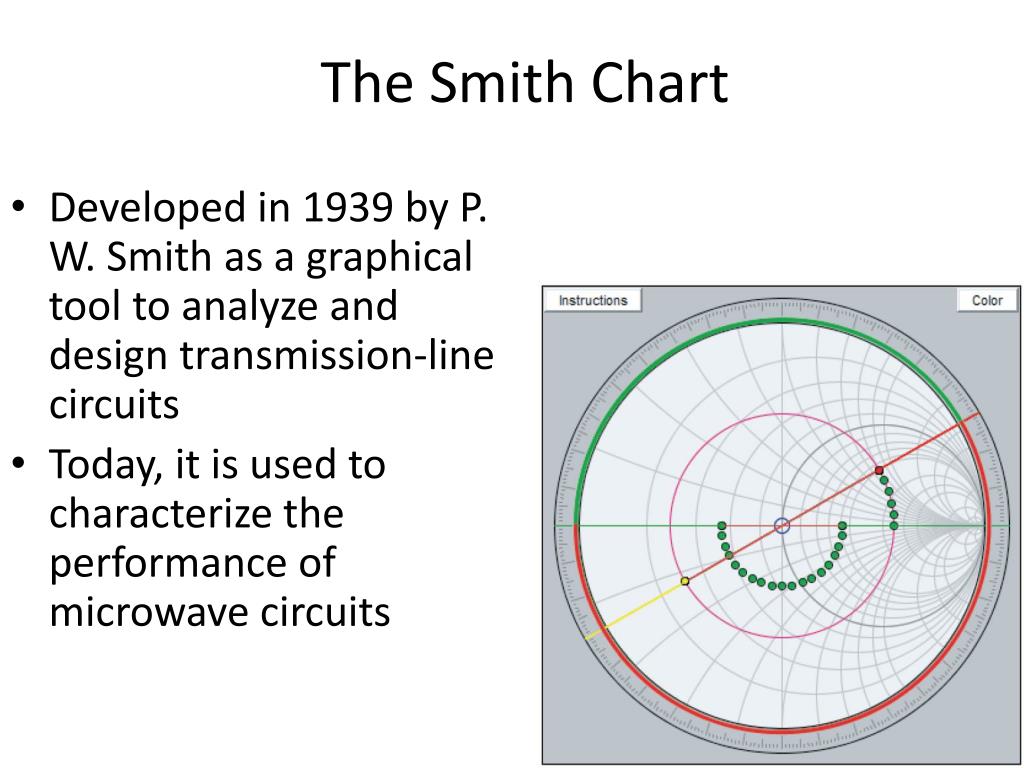

The resultant interactive maps have the potential of further supporting health planners and decision makers in their planning and management tasks by allowing them to graphically interrogate data, instantly spot trends, and make quick and effective visual comparisons of geographically differentiated phenomena between different geographical areas and over time. Wizard-driven tools like GeoReveal have made it very easy to transform complex raw data into valuable decision support information products (interactive Web maps) in very little time and without requiring much expertise. The maps offer users a rich set of useful features and functions, including the ability to change the classification method in use, the number of ranges in the map, and the colour theme, among others. A companion bar chart allows users to instantly compare the STD figure of a given PCT for a given year against the average figure for all 25 mapped PCTs for the same year, and also compare those figures across all seven years. Also, one can clearly see on the maps that PCTs located in central London had the highest numbers of STD diagnoses throughout the mapped seven years. They show steadily rising rates of STDs in London over the covered seven-year period. They are based on data obtained from the House of Commons Hansard Written Answers for 15 October 2004. These maps are in Scalable Vector Graphics (SVG) format and require a freely available Adobe SVG browser plug-in to be displayed. Using GeoReveal v1.1 for Windows, we produced Web-based interactive choropleth maps of diagnoses of STDs by Primary Care Trust (PCT) in London for the years from 1997 to 2003. In 2003, 672,718 people were diagnosed with an STD in England, and around one third of those cases were diagnosed in London. The rates of Sexually transmitted diseases (STDs) in England have been rising steadily since the mid 1990s, making them a major public health concern.


 0 kommentar(er)
0 kommentar(er)
